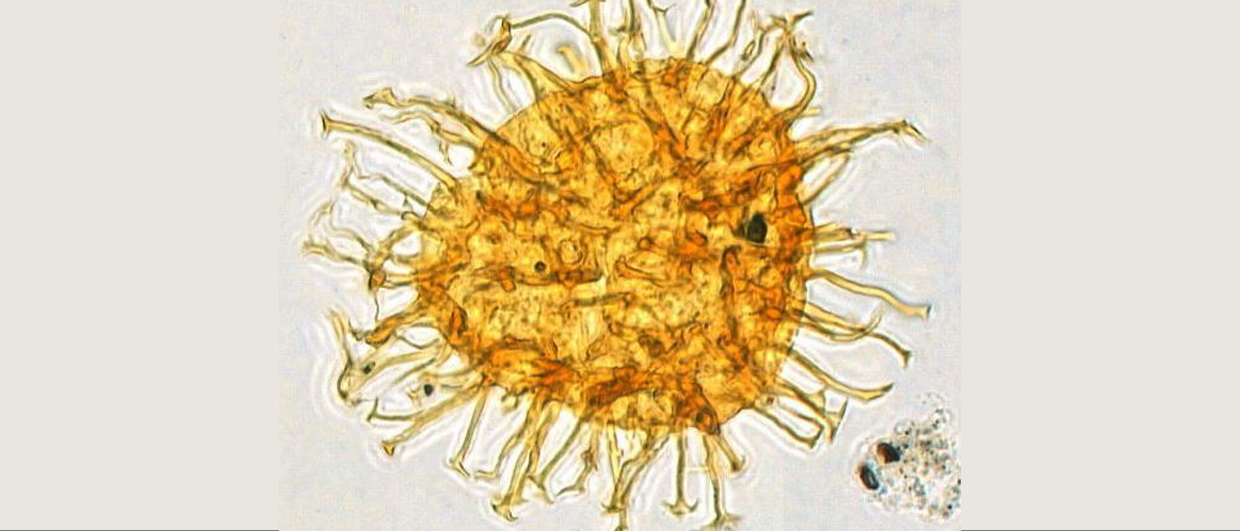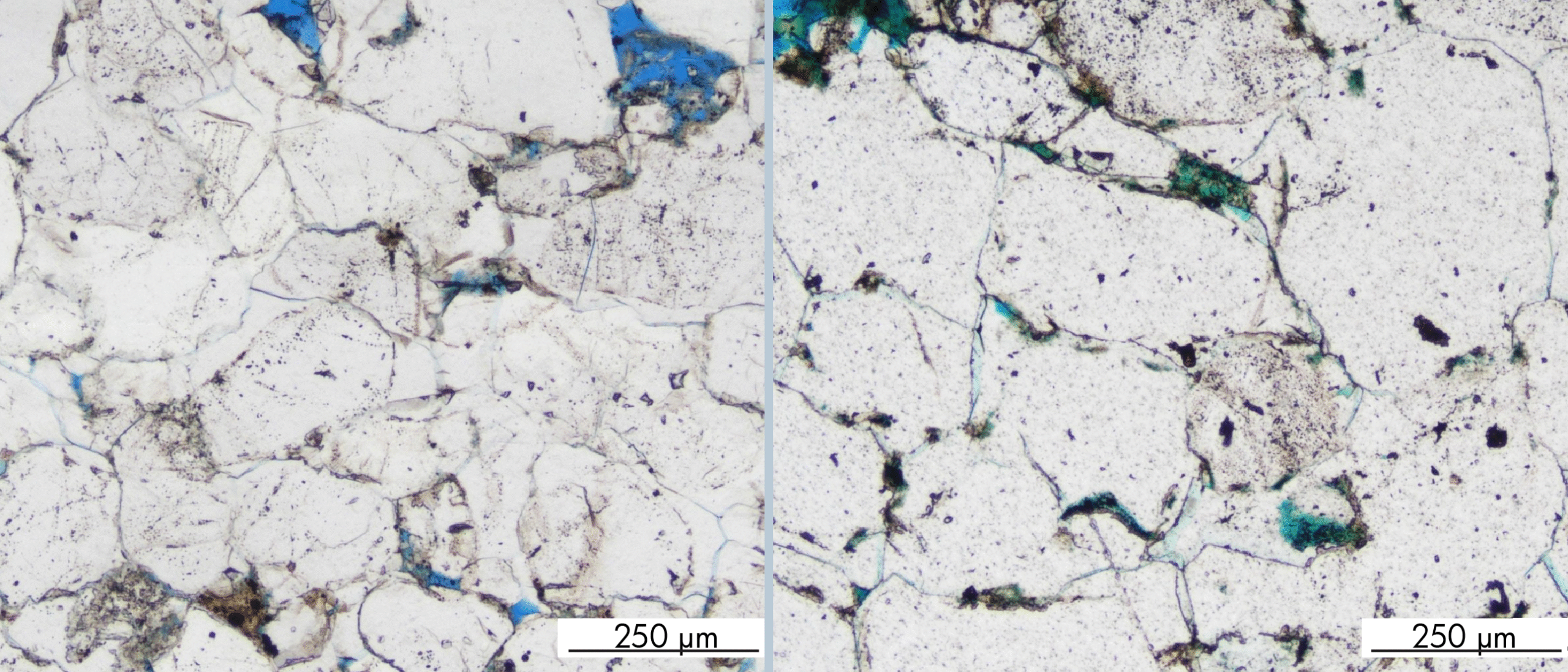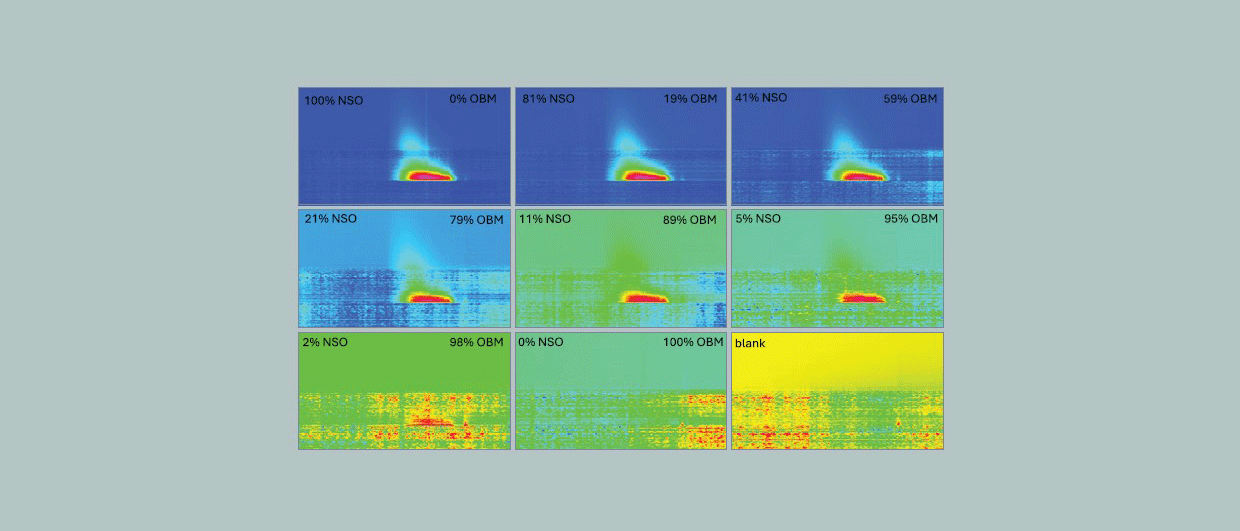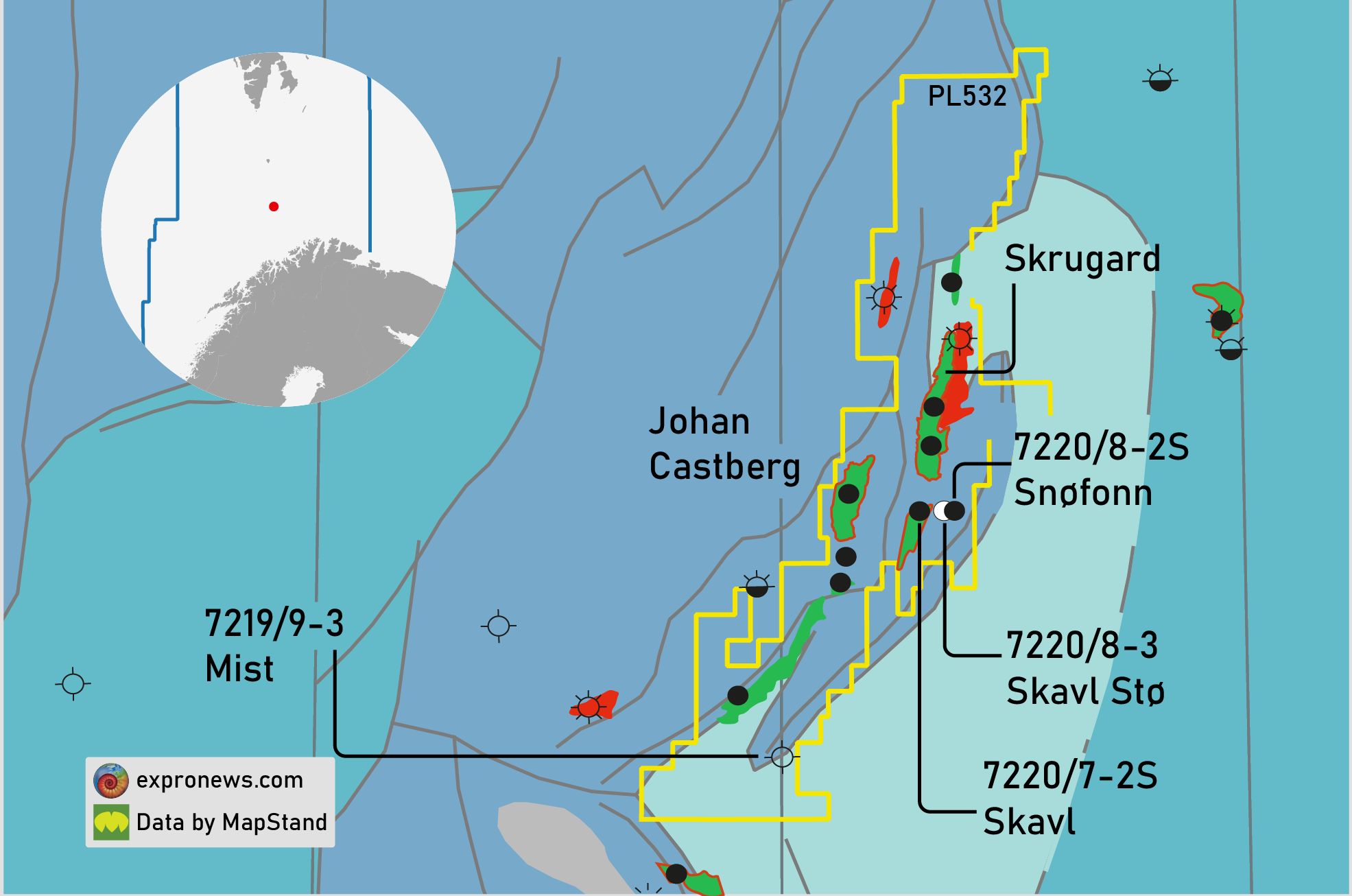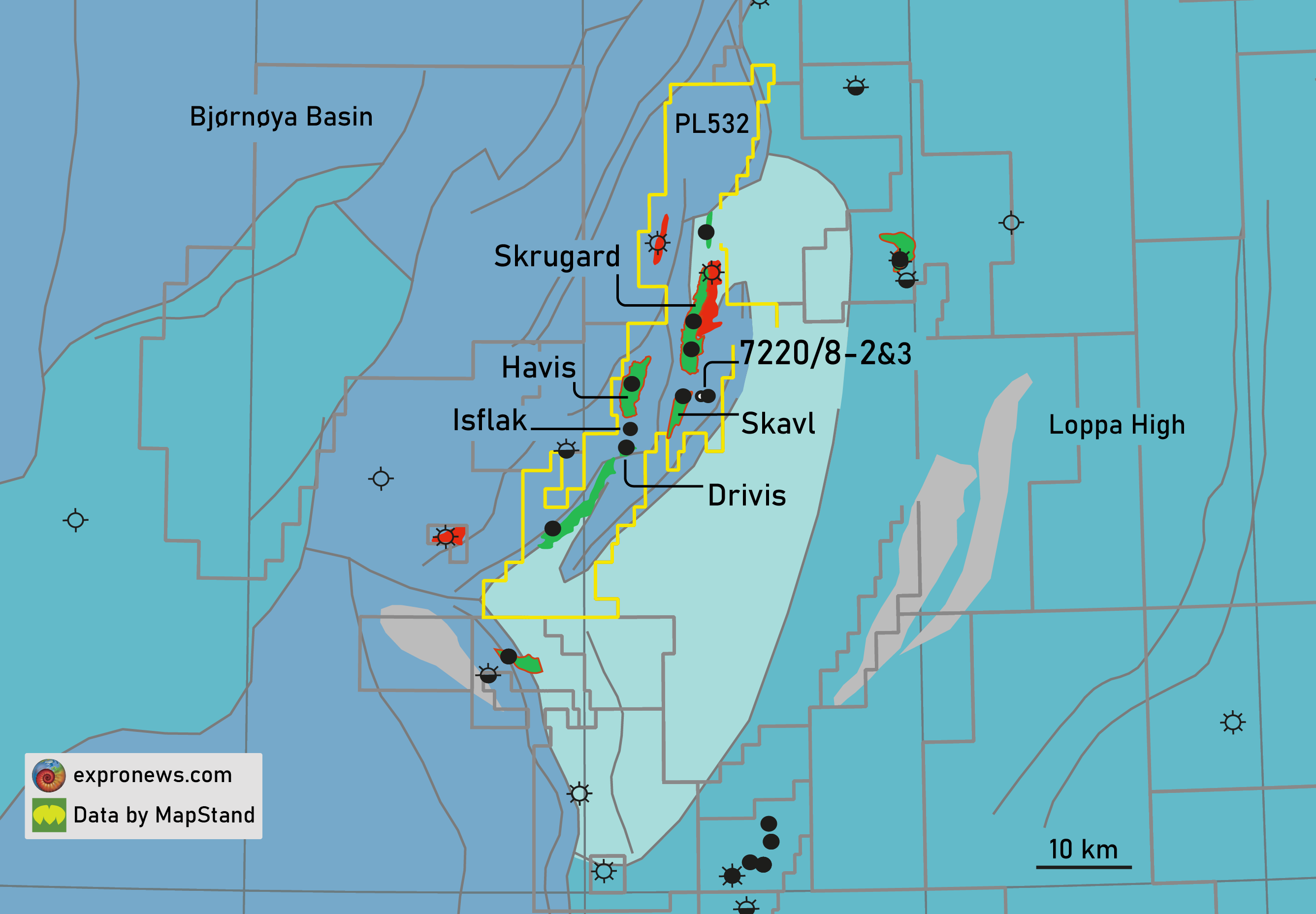The Norwegian Offshore Directorate (NOD) is undertaking a massive and innovative project to digitalize their comprehensive archive of palynology slides, thereby propelling the field of biostratigraphy into the digital age. With a staggering ~150,000 slides and ~20,000 fossils per slide, there are approximately 3 billion fossils requiring meticulous analysis.
This overwhelming challenge underscores the need for a scalable and efficient methodology to classify and study these ancient biological artifacts. In response to this daunting task, we have introduce a groundbreaking application of machine-assisted technology for the classification of microfossil images capable of working at a multi-well scale.
It has been demonstrated that latent-space clustering of microfossil image embeddings can be leveraged to identify meaningful groupings of fossils. By extending this approach with a Content-Based Image Retrieval (CBIR) we demonstrate a system which acts as a powerful search engine tailored expressly for the needs of palynologists.
In our method, computer-vision techniques are used to automatically extract crops of all the individual microfossils from whole-slide images of scanned palynology slides. An arbitrary ‘query’ image can then be compared to every single crop among the millions obtained from any given well, promptly returning the most relevant matches for expert approval.
The impacts of this tool also extend beyond palynology, promising to redefine the workflows in subsurface analysis and paleoenvironmental reconstruction.
This process may be repeated for multiple ‘queries’ of known taxonomy, rapidly building up large numbers of expert-verified species identifications, drastically expediting the classification workflow.
These observations of dinoflagellate cysts, algae, pollen, and spores can then be plotted by depth to produce the range charts familiar to the discipline. Additionally, our approach encourages uniform analyses across multiple wells, facilitating seamless well correlations that are integral for comprehensive geological assessments at field and regional scale.
Crucially, efficiency does not come at the expense of reliability; the system is designed with a strong emphasis on auditability and explainability, thereby maintaining high levels of confidence in species counts. The analytical muscle of Scampi, powered by its sophisticated image processing algorithms, unlocks the potential for innovative workflows that were formerly infeasible. These include the calculation of reliable abundance ratios—a key element for meticulous palynofacies characterization, which is vital for accurate environmental and climatic interpretations.
The practical implications of such a system are monumental for the discipline of palynology. Equinor has recognized the transformative capability of this approach and is now integrating Scampi as a minimum viable product. The impacts of this tool also extend beyond palynology, promising to redefine the workflows in subsurface analysis and paleoenvironmental reconstruction. Scampi’s heightened efficiency in analysis paves the way for a new era of speed and precision in fossil identification and counting.

